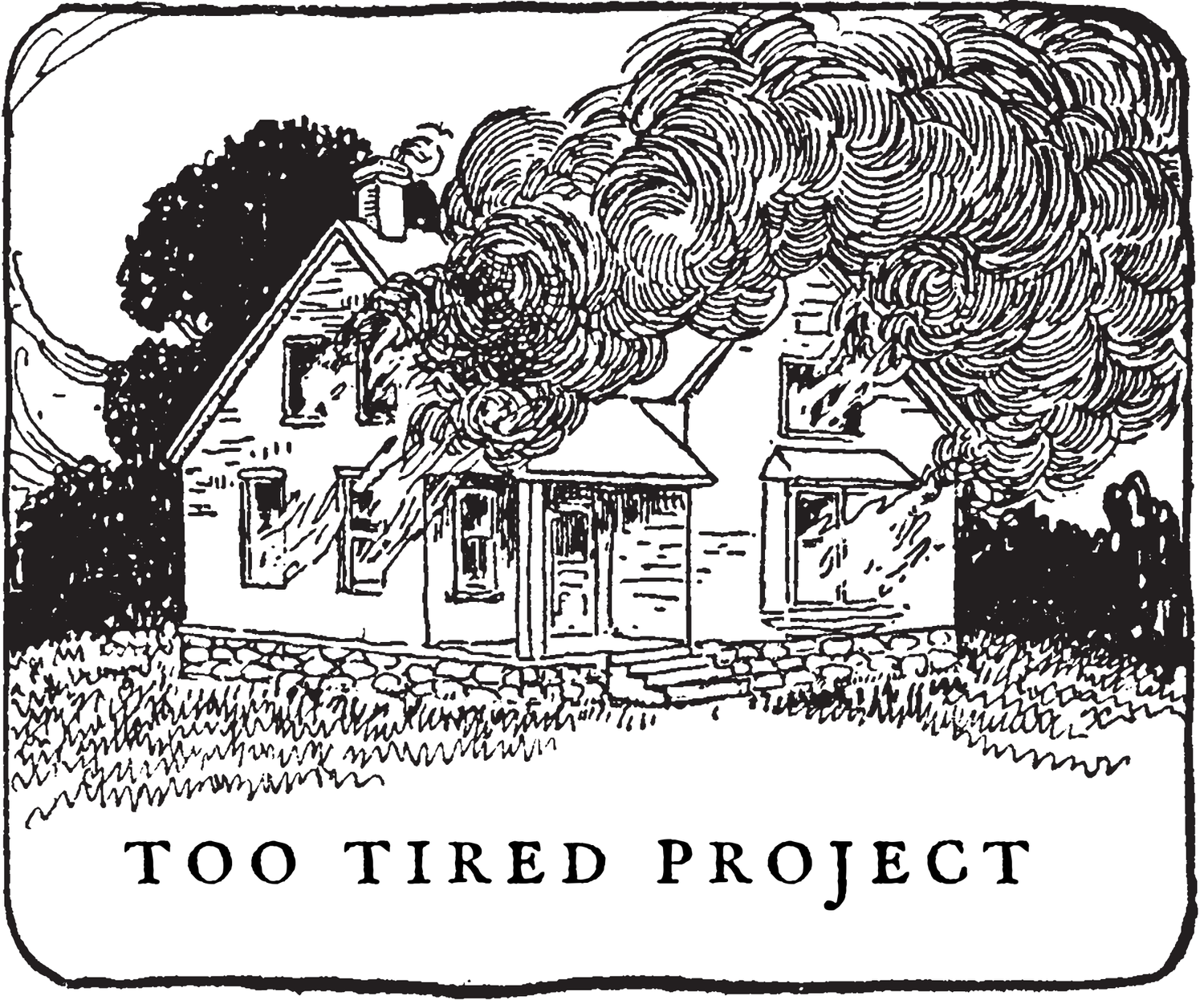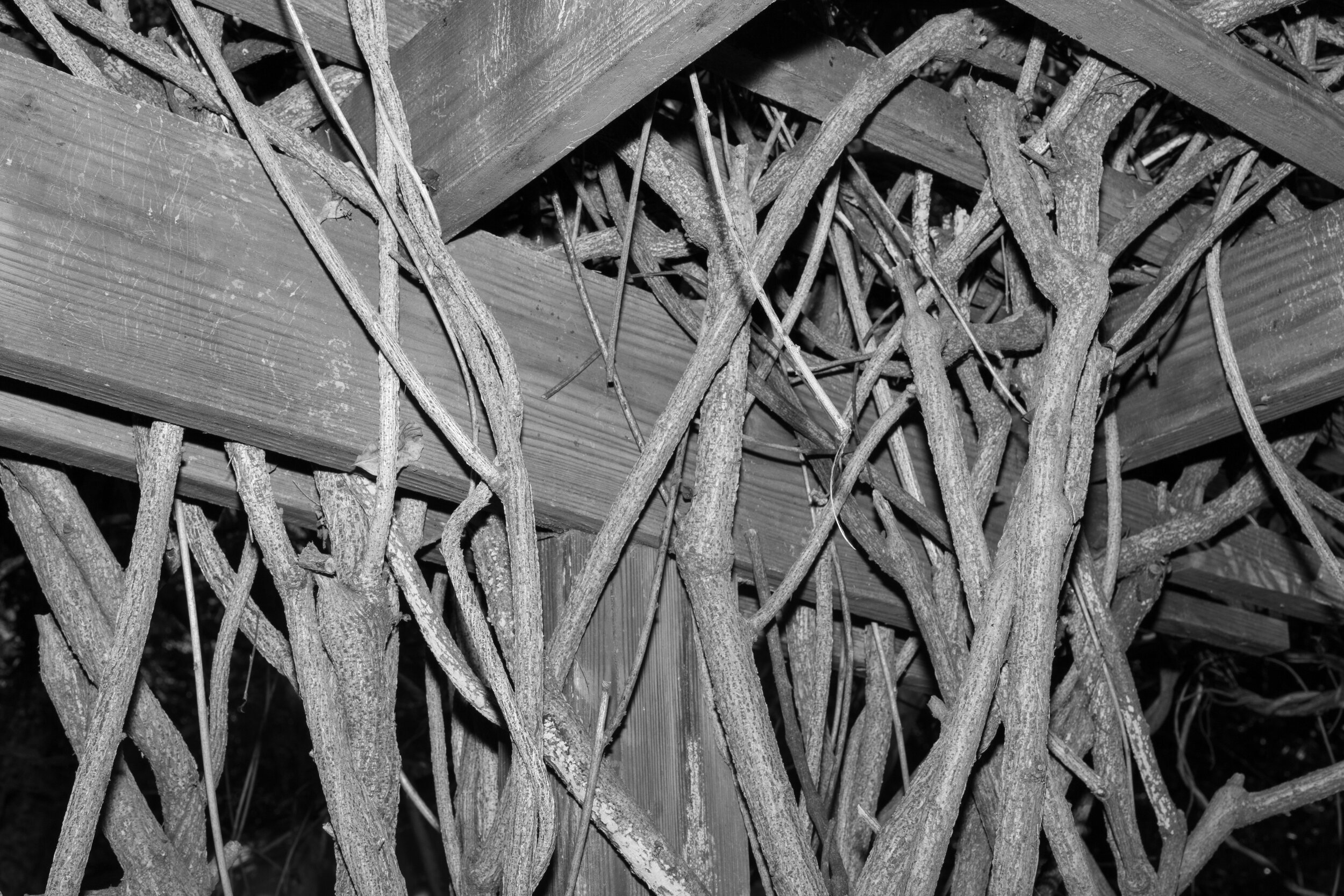Interview: Dason Pettit on his practice and Shades in the Dust
Tell us about the project.
Like a lot of my work, there are many layers to Shades in the Dust. On one level it is about the bond between mothers and sons, but in terms of theme it also explores the connections that exist between the land and people and how this helps determine their identities and their choices. The project really grew from concerns I had about losing loved ones and I wanted to explore the landscape of Louisiana and Mississippi as places where the psyche can become lodged in a kind of expression of grief. For instance, the images of water are in different states: flowing, stagnant, reflective, indicating various stages of grieving. In the forms of water and trees I found metaphors for the emotions I was exploring with these characters in the work. Natural growth fascinates me and I often photograph it, as it’s a way of representing how we deal with trauma. I think that the way vines and trees grow when unchecked mirrors what happens during particularly difficult periods in people’s lives. When we experience the grief of losing loved ones or the pain of shepherding them through sickness, there is an emotional entanglement that’s happening, then a type of erasure and finally a re-seeding. I think representing that visually was important for this project. That regrowth is crucial throughout our lives and it’s one of the things I think I was talking about here with Shades in the Dust.
What is your process like?
Typically, I start out hunting for and collecting images that I see everyday and then start to build an idea or structure around those first explorations. There are definitely times when I have a concept that I want to explore before I begin photographing, but I try not to tether myself to it too strictly. Leaving room for the idea to grow is a part of the creative process for me and I think it helps to introduce ambiguous elements into my work. As I work, I find myself making photographs that I don’t have a concrete place for in the work. I think this helps to add more to the project than I am initially able to imagine or conceive of. It’s one of the facets of photography that really speaks to me; the way images can unexpectedly open doors that you didn’t even know were there. These unexpected connections are an integral part of photography for me. They can push the viewer toward thoughts they wouldn’t have if they were just reading my explanations of these images.
After I make the work, there is the question of sequencing it. My editing process is something that takes a long time. I find that the more time I spend with the work, the more I’m able to visualize how the images should speak to each other. I like to print the photos as small 4x6s and lay them out on a table and just live with them for a while. I’m a big believer in handling prints. There are times when I think that I’ve finished a project only to spend time with the images and realize that it needs something more.
Does mental health or wellness factor into the creation of your work?
Absolutely. I think it comes to bear heavily in at least half of my work. I kind of break it down as being about two different topics: documentary-based work and work that explores my interpersonal relationships and interior landscapes. I myself have suffered from mental illness for a long time and it’s very important for me to address that in my work in a way that I think resonates with how I view the world. It’s difficult for me to divorce myself from anxiety and obsessive-compulsive disorder so my work constantly has threads of that in it.
How did you begin this project?
I began Shades in the Dust in grad school in 2015 and continued the project until around 2020. The seeds for what the project would become really began to germinate in a photobook class that I took in the Fall semester. The project began as a fictional narrative about a mother and son traveling cross-country fleeing a traumatic past, but evolved over time in a way that kind of parallels how our lives unspool. I think that the most critical aspect of this work would be the fact that my stepchild was diagnosed with cancer. It was really a moment that changed my perspective and made me want to deepen and rethink what I was trying to communicate. I would say that the project has changed drastically, both in terms of imagery and concept, since those initial explorations, but some of those first photographs still remain a part of the work.
Was the process of creating this project helpful for dealing with the emotion you’re describing in your images?
Yes and no. I feel that I revisit this type of emotion in my work quite often if I’m honest with myself. It’s a process of dealing with recurring feelings that manifest in different ways each time. There is a comfort that comes in addressing concepts that I feel I need to express, but I think that I would feel strange if I were able to resolve those troubling emotions fully with each project.
I think that in my specific instance, I can learn how to cope with whatever issue may arise in my life, but I won’t ever really be able to resolve how that impacts me in terms of obsessive thinking. So, I feel that my work is therapeutic for me, yes, but also, perhaps more importantly in the context of what I want to convey, it is haunting to me. If I can communicate that feeling of being haunted by my work to a viewer then I feel like I have succeeded.
What is your relationship to photography?
Photography has become a crucial part of how I process the world and express myself in it. Having said that, I came to photography perhaps later than most. I have alway had an intense love for cinema and thought that I would be a director earlier in life, but those plans were derailed because of illness in my 20’s. I started painting and found that it was an ideal medium for me to illustrate a really subjective perception, but that it lacked the precise descriptive nature that is a facet of the photographic process.
When I did finally come to photography, I think I was making images that approximated those two approaches, that of celluloid and of painting, instead of really playing to the unique strengths of the photographic medium. It took me a long time to grasp that while photography shares traits in common with both of these forms, it is distinctly different from them. I still feel that both of those areas play a large part in my process, but more now in terms of inspiration rather than imitation.
Has the pandemic shifted the way you approach your work and/or photography at all?
Yes, the pandemic has definitely affected the way I work. My usual method of making work consists of hunting for photos out among people and I really found that I wasn’t able to do that during the pandemic. For a few months I stopped making work and really found myself falling into a bit of a depression, as I think many did during this time. Around August of 2020 I decided to start a new project that would address this new way of living. I called the project Deeper Waters and it’s something that I’m still involved with and developing. The perimeters were that it would be based no more than a mile from my house with most of the images based inside our home. I wanted to examine how life had changed for myself and my partner during this time. What I found is that living life in isolation creates new problems, but new solutions as well. I definitely think that my anxiety and depression were heightened during this period, but I feel that this just amplified the strength of my relationship with my partner, a bit like tempering steel.
Thank you so much to Dason Pettit for taking the time to speak with Too Tired Project. You can explore more of his work on his website.







